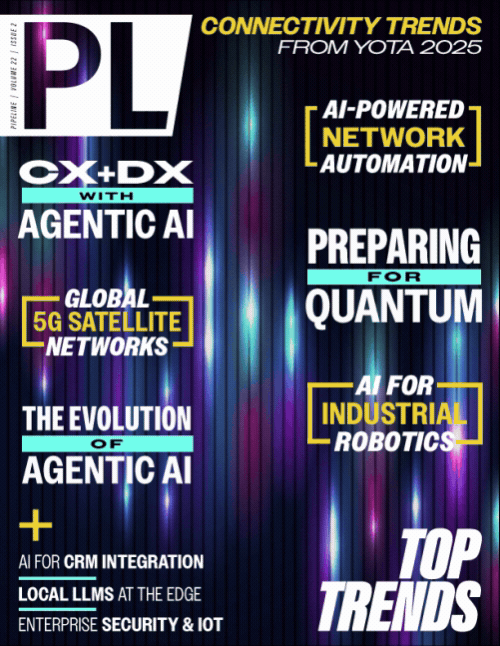Automotive Cellular Communications Challenge IEEE 802.11 StandardAutomotive Cellular V2X Communications to Challenge IEEE 802.11p/DSRC Standard but Spectrum Issues Loom LargeABI Research has released a new study that predicts vehicle-to-everything (V2E) and vehicle-to-infrastructure (V2I) use of cellular technology will challenge the legacy IEEE 80211 Dedicated Short-Range Communications standardWith the LTE-V2X (LTE vehicle-to-everything) standard finalized and 5G standardization impending, the use of cellular technology for low-latency Vehicle-to-Vehicle (V2V) and Vehicle-to-Infrastructure (V2I) applications is now a realistic prospect—one that will challenge the legacy IEEE 802.11p Dedicated Short-Range Communications (DSRC) standard. ABI Research finds autonomous level 4 and driverless level 5 vehicles will require V2V and V2I capabilities to achieve ultra-high reliability levels with carriers like Deutsche Telekom, Orange, SK Telecom, Telefonica, and Vodafone already performing trials on automotive 4G and/or 5G use cases. "The evolutionary path offered by cellular technologies and their large supporting mobile ecosystem is an attractive option for automotive suppliers and OEMs eager to execute early implementations of autonomous functionality," says Dominique Bonte, Managing Director and Vice President at ABI Research. "While cellular antagonists claim DSRC is more mature, reliable, secure, and ready to deploy, it remains to be seen whether it will survive the onslaught of the cellular ecosystem or continue to coexist with future cellular alternatives." The legacy IEEE 802.11p DSRC standard allows reliable low latency communication of basic safety messages between vehicles and between vehicles and roadside infrastructure. While a DSRC mandate seems imminent in the U.S., ABI Research expects cellular V2X to show steady growth, initially through LTE-V2X, reaching 300 million global subscriptions by 2030. At that point, 5G V2X will surpass it. Longer term, automotive OEMs will start to offer network-based low-latency, end-to-end automotive services. "The main challenge for cellular V2X is to get hold of dedicated spectrum needed for the Device-to-Device, or D2D, V2V protocol," concludes Bonte. "While the intelligent transportation systems spectrum in the 5.9 GHz band was made available in the U.S., Europe, and other regions more than a decade ago, it remains reserved for DSRC. But this could change if, or more likely when, cellular giants like Ericsson, Qualcomm, and Samsung, unite and fight for lobbying power." Source: ABI Research media announcement | |

















